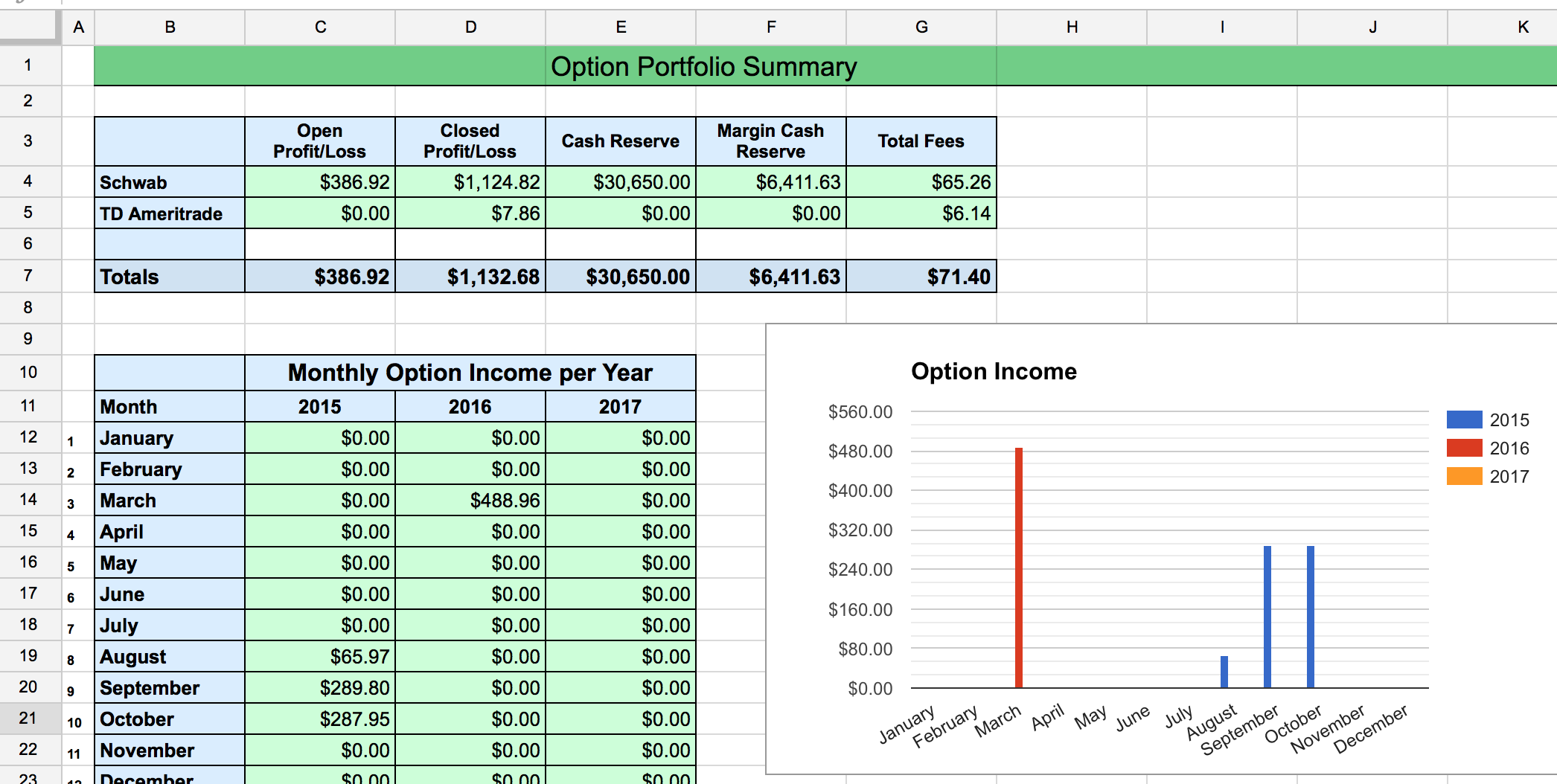Stock options trading offers investors the potential to reap significant gains by speculating on the future price movements of underlying stocks. However, navigating the complexities of options trading requires a sound understanding of the market and prudent decision-making. Here’s a detailed guide to enhance your stock options trading skills and maximize your returns:

Image: www.twoinvesting.com
Understand Options Basics:
Before embarking on options trading, it’s imperative to grasp fundamental concepts such as options types (calls and puts), strike prices, expiration dates, and option premiums. Calls convey the right to buy the underlying asset at a specified price within a set time frame, while puts give the right to sell. Strike price represents the predetermined price at which an option can be exercised, and the premium is the cost incurred to acquire the option contract.
Research and Due Diligence:
Thorough research plays a pivotal role in successful options trading. Meticulously analyze the historical fluctuations of the underlying asset, industry trends, and market sentiment. Study earnings reports, SEC filings, and company announcements to assess the financial health and future prospects of the firms you intend to trade with. Stay abreast of economic data, interest rate changes, and other macroeconomic factors that could impact stock prices.
Risk Management:
Options trading involves inherent risks, so effective risk management is essential. Start with small trades to develop a solid understanding of market dynamics. Avoid overleveraging, which amplifies both potential gains and losses. Diversify your portfolio by trading options on different underlying assets and use stop-loss orders to limit potential drawbacks. Additionally, consider hedging strategies such as protective collar positions to mitigate risks.
Options Strategies:
Once you have a solid grasp of the basics, explore various options strategies tailored to specific market conditions. Covered calls, for instance, allow you to sell calls against stock you already own, generating income while potentially limiting losses. Cash-secured puts involve selling put options and setting aside sufficient cash to purchase the underlying stock if the option is exercised, providing a cushion against market downturns. Strangle and straddle strategies, which involve simultaneous purchase of both calls and puts at different strike prices, can capitalize on high volatility.
Trading Psychology:
Options trading often tests the psychological resilience of investors. Emotional decision-making can lead to costly mistakes. Maintain discipline, objectivity, and a well-defined trading plan. Develop a clear exit strategy for both profitable and losing trades to prevent emotional bias from impairing judgment. Seek professional guidance from financial advisors or trading coaches if needed to manage emotions and improve trading performance.
Continuous Learning:
The world of finance is constantly evolving, and it’s crucial to stay updated with the latest techniques and strategies. Regularly attend industry conferences, read financial publications, and engage in online forums dedicated to options trading. Seek mentorship from experienced traders and never cease to expand your knowledge base.
Conclusion:
Mastering stock options trading requires a fusion of knowledge, skill, and discipline. By embracing these recommendations, you can enhance your understanding of the market, minimize risks, and harness the potential for lucrative returns. Remember, investing in options carries inherent risks, so trade cautiously, educate yourself continuously, and seek professional advice when necessary. With dedication and a well-informed mindset, you can navigate the complexities of options trading and leverage its potential to achieve your financial goals.
:max_bytes(150000):strip_icc()/10OptionsStrategiesToKnow-05-00a2698cbc5c449eb0f11b4f67167eca.png)
Image: www.investopedia.com
Stock Options Trading Recommendations

Image: www.amazon.com






